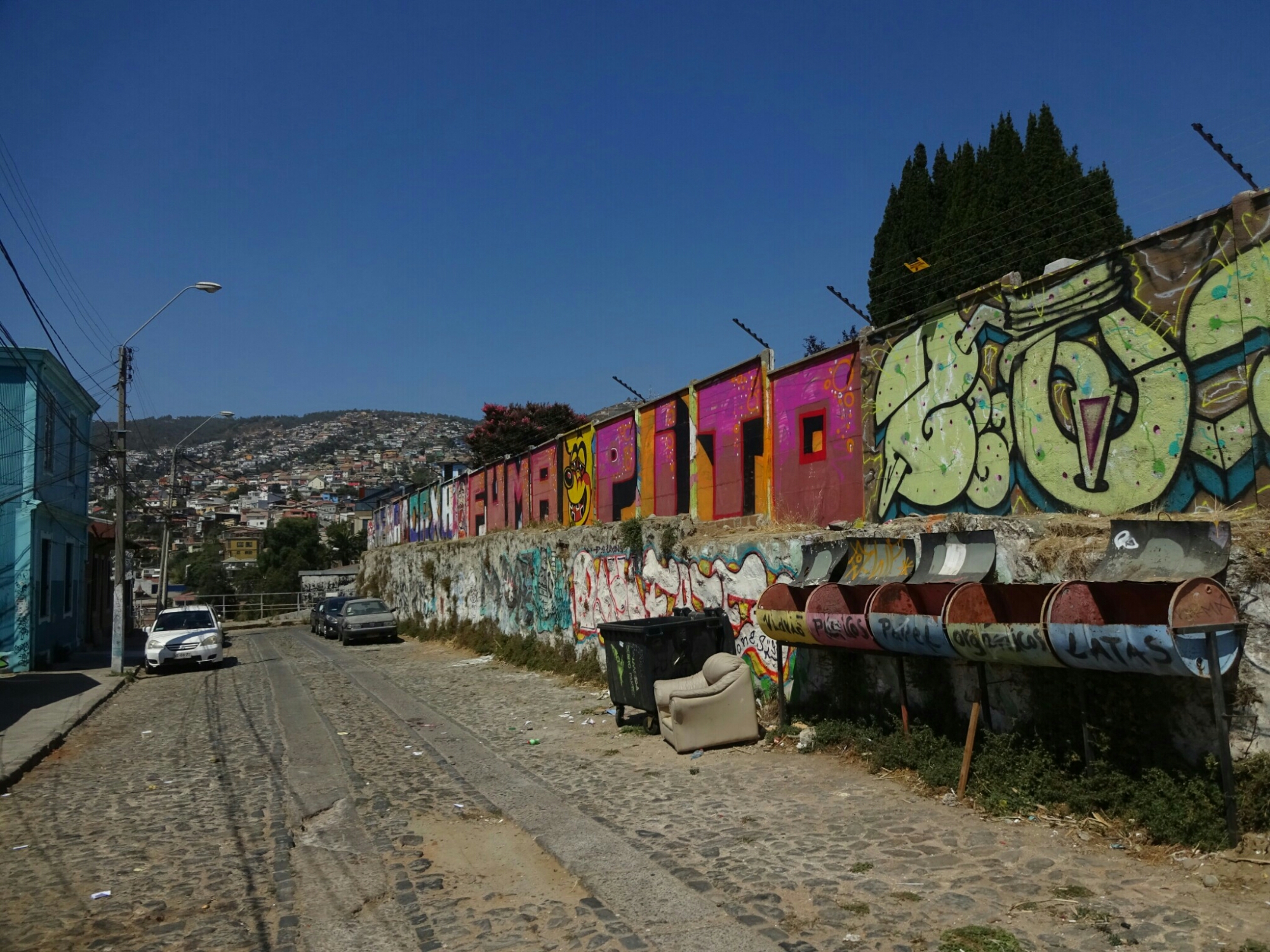We arrived in Santiago early in the morning and had the full day to discover the city. We started off with a free walking tour of the more unknown highlights of the city. This included several local markets with fresh fish and fresh meat, but also lots of fruits and vegetables. It was a true feast for the eye, especially after coming from Patagonia, where fruits and vegetables are not readily available and if they are, they are very expensive.
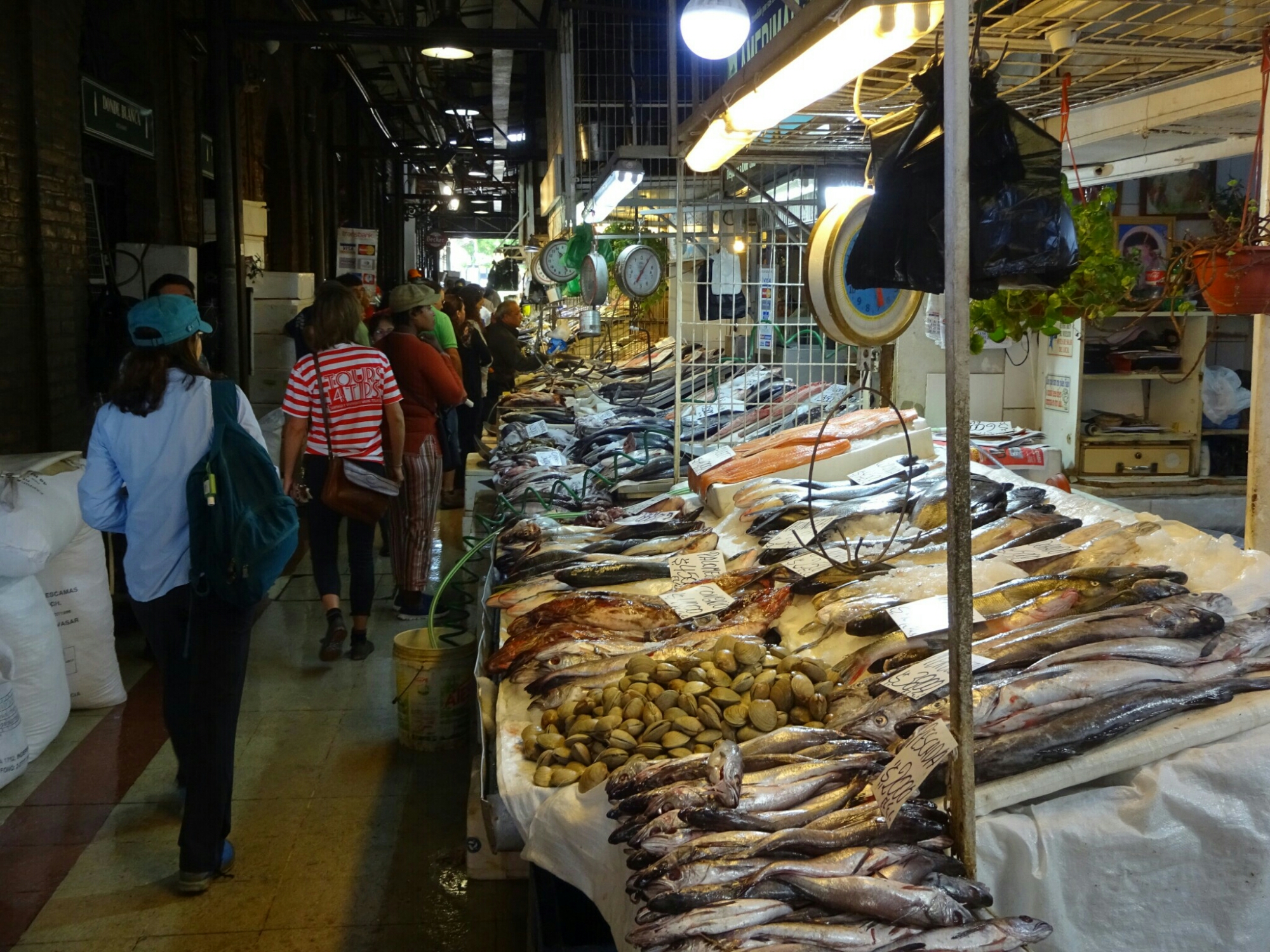

The other part of the tour took us to the main cemetery, which is frequently visited by locals due to the lack of parks and green areas. It has large areas with multi story graves for people with a lower income, but also large mausoleums, where the rich and famous lie for their last rest. One of them is Salvador Allende, the first socialist president in the world, who was assasinated after a military coup in 1970, which was supported by the CIA.
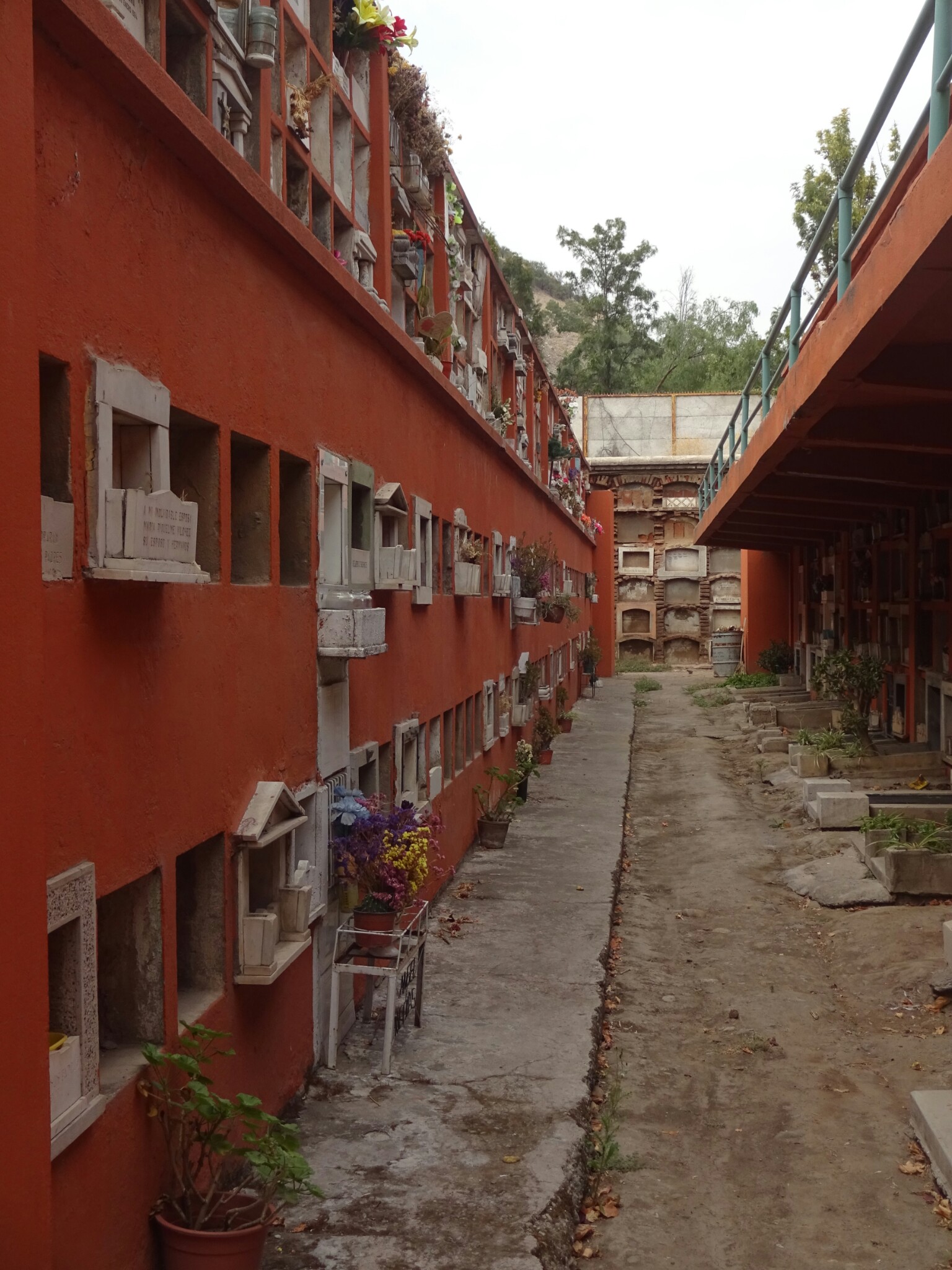
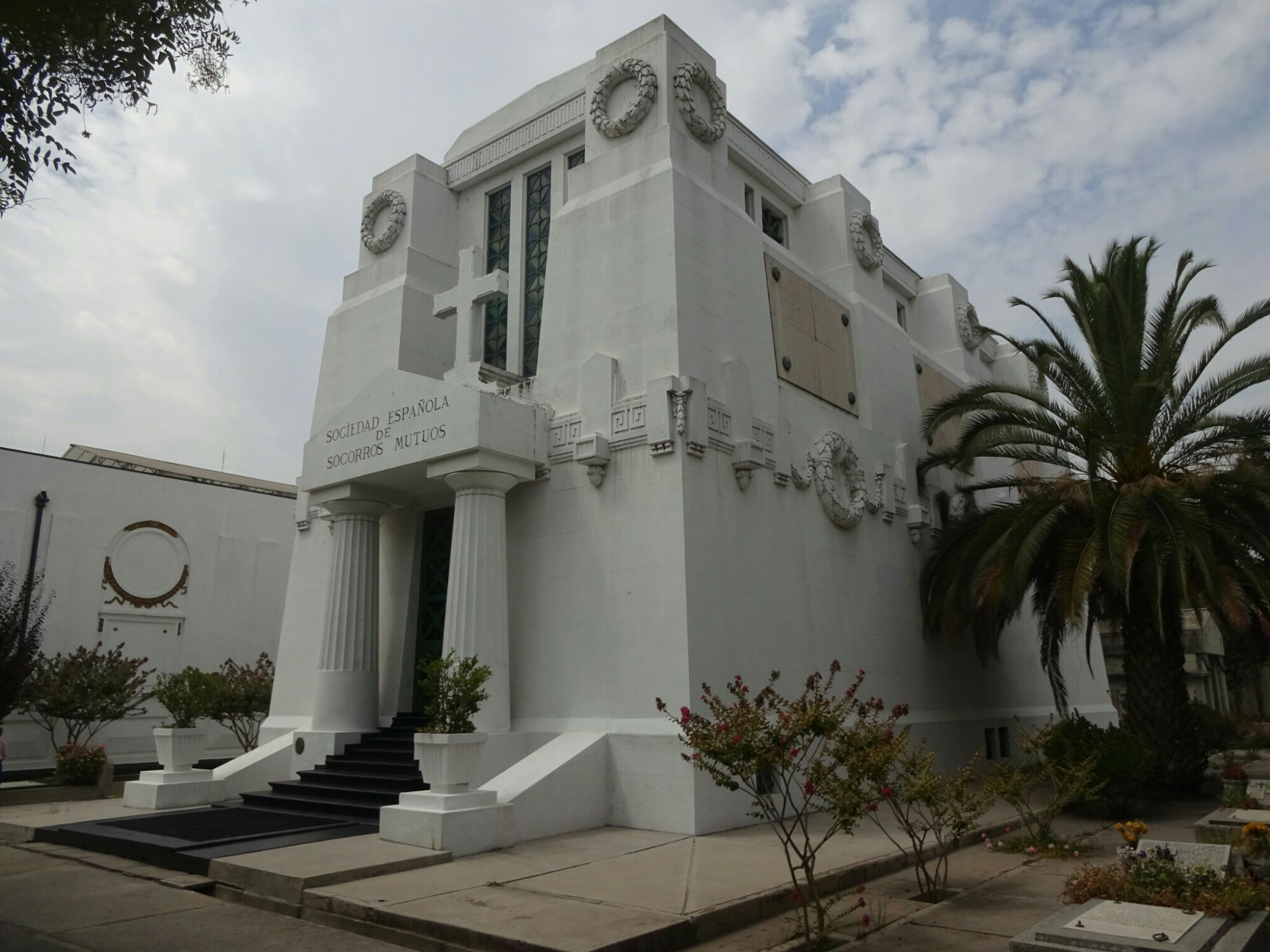
We spent the rest of the afternoon discovering the city on our own. Besides from viewing the presidential palace, where Allende was shot, we visited the National Historical Museum. It gives a good overview of the history, from the indigenous people and the Spanish colonization up to Allende and his death. However, it doesn’t provide any information on what happened in Chile after 1970. The Human Rights Museum is supposed to be very impressive on the times during the military dictatorship of Pinochet, but I didn’t find out about that until later.

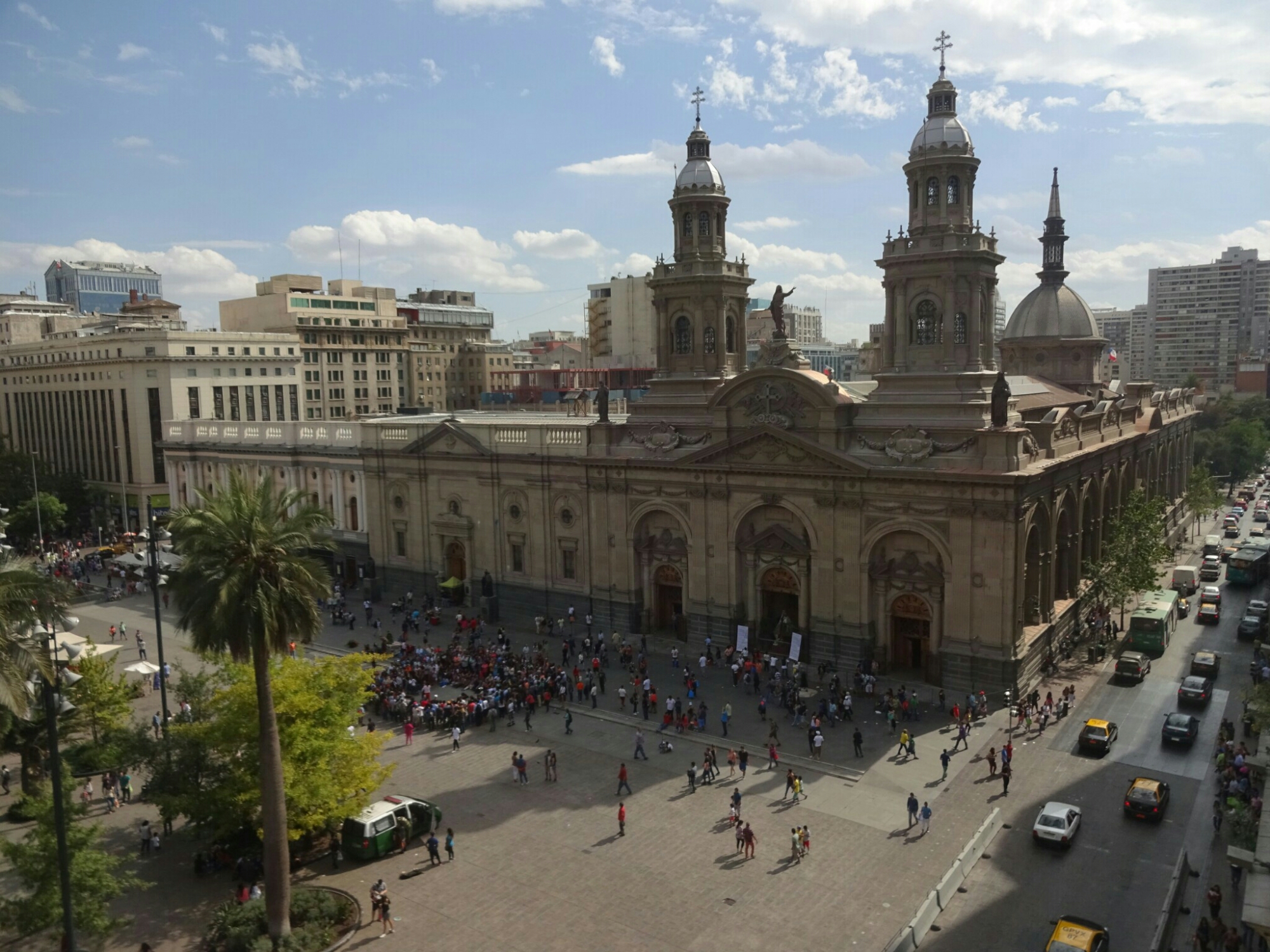
While Benno had to take his flight back home, I boarded the next bus to Valparaiso. This vibrant coastal city is less than two hours from Santiago and it’s downtown was declared a UNESCO world heritage site in 2003. The colorful houses and the omnipresent street art definitely rectify this choice.


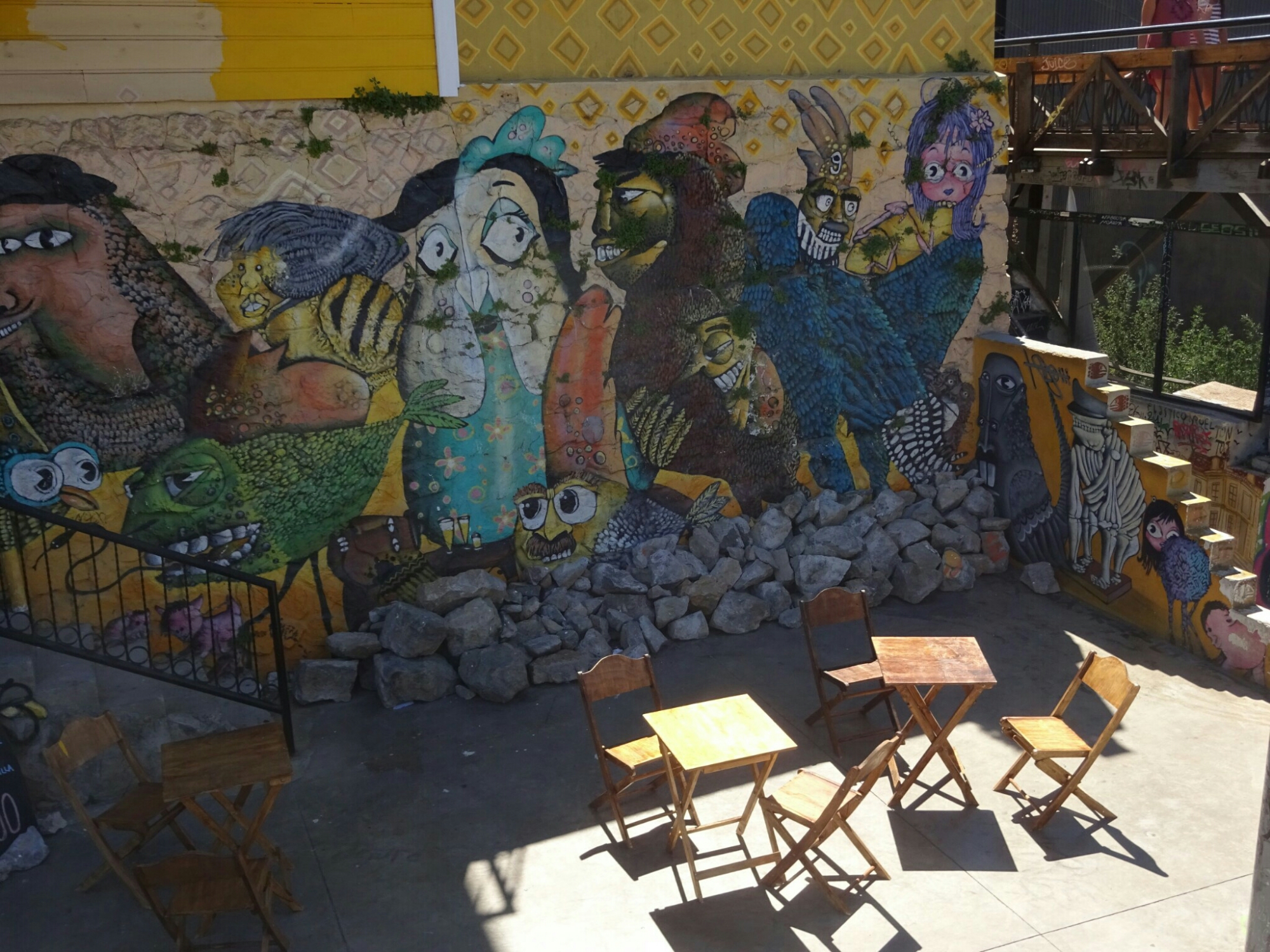
I used the afternoon to explore the city on another free walking tour. We learned about the national heroes – firefighters – which is an unpaid job in Chile. Only the truck drivers get paid, based on monthly donations by their fellow firefighters. It’s a weird system, but has been working for about 150 years already. Due to the lack of governmental funding, they’re looking for sponsors for their equipment, which is why they have many different fire stations: American, Italian and German among others.

The city is built on more than 54 little hills along an elevated coastline. Therefore, there are many steep roads and staircases leading up the hills. To make things easier, people have built little elevators to skip some of the ascend or descend. They operate on a daily basis from early in the morning until late and are quite cheap to use.

. Up in the hills we visited the first two protestant churches in Chile. The “Saint Paul Anglican Church” was built before Chile introduced a law guaranteeing freedom of faith, which is why it had to be built without too many people knowing about it. From the outside it doesn’t look like a proper church, so almost nobody turned up for mass. The other church, “Iglesia Luterana de La Santa Cruz”, was built shortly after the new law and was allowed to have a bell tower and a cross on top. Somehow this worked better.
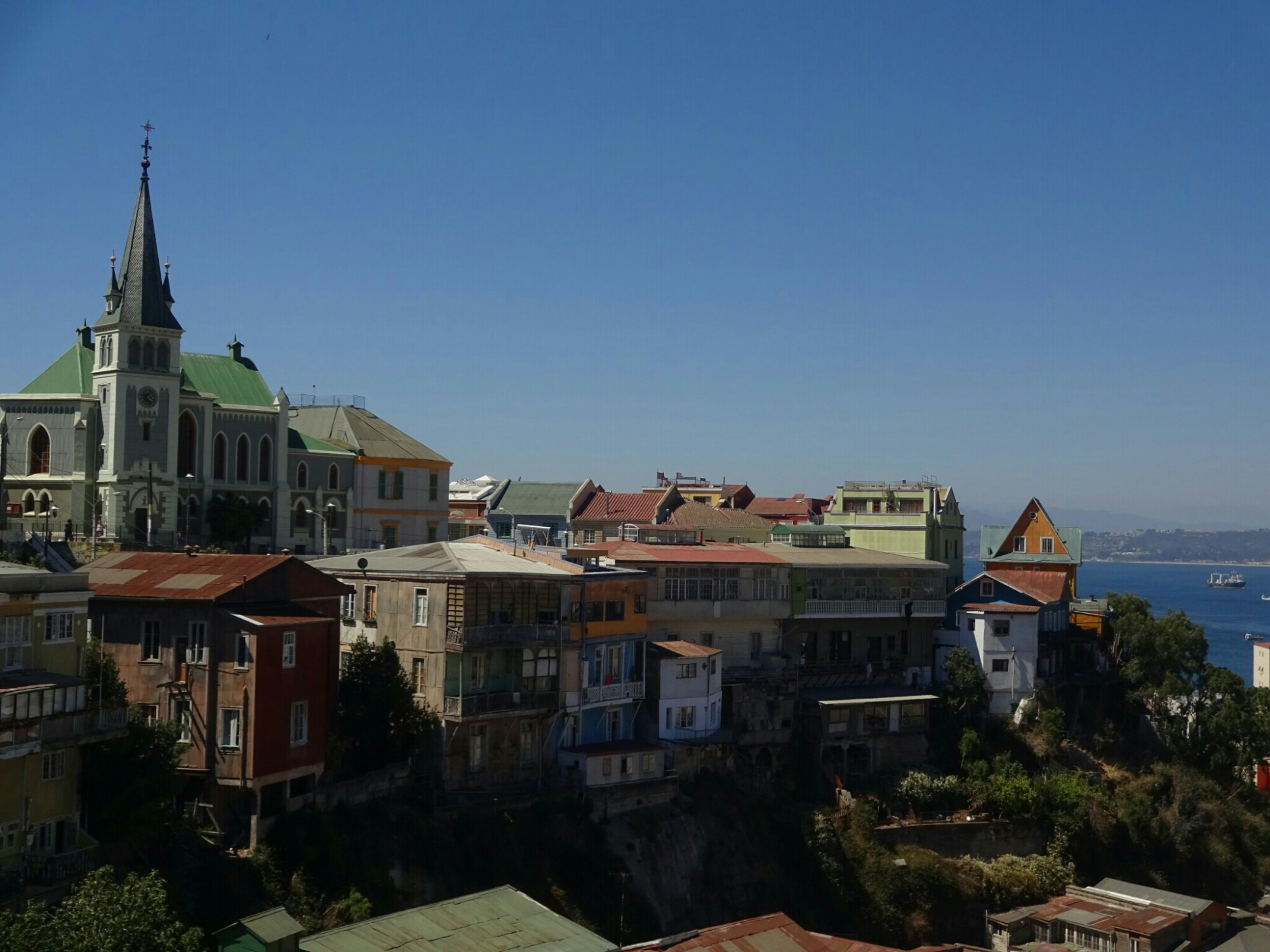
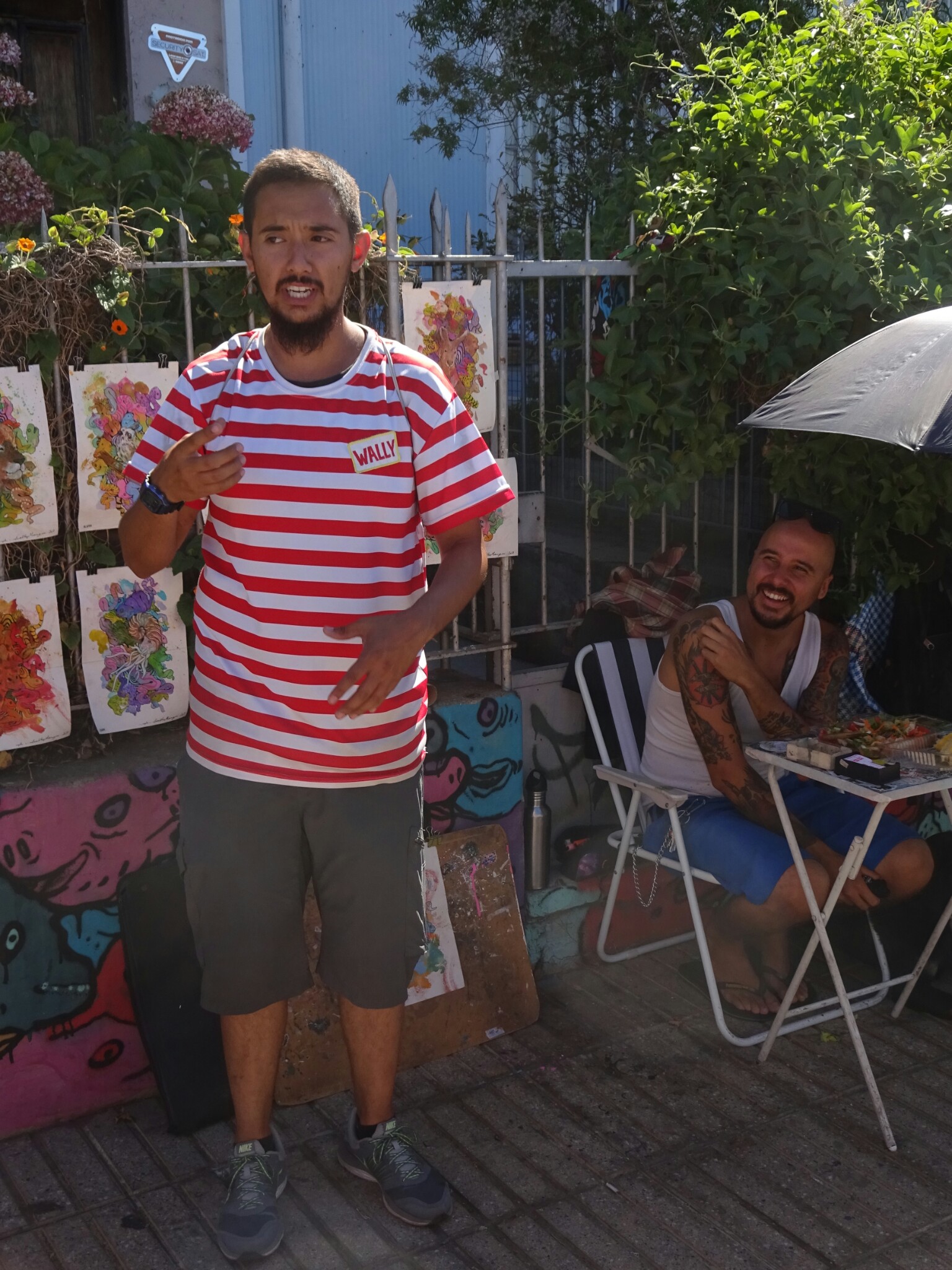
The following day I went on a tour of the less touristy spots of the city, where we took the “Rollercoaster bus” up into the hills to visit the former prison, now a cultural center offering various activities. During the dictatorship of Pinochet, many political prisoners were stationed here. And to add some personal relation to this dark history, our guide, Camilo, told us, how his father used to work for the army and became Pinochet’s personal butler during the last three years of his ruling.

Next to the prison are three graveyards of the city – “Cementerio 1”, “Cementerio 2” and “Cementerio de Disidentes”. However, this is not a graveyard for the political prisoners, but it used to be the only one for protestants, because the others were for catholics only. Eventually they were allowed to have their own cemetery, under the condition of this particular name.
